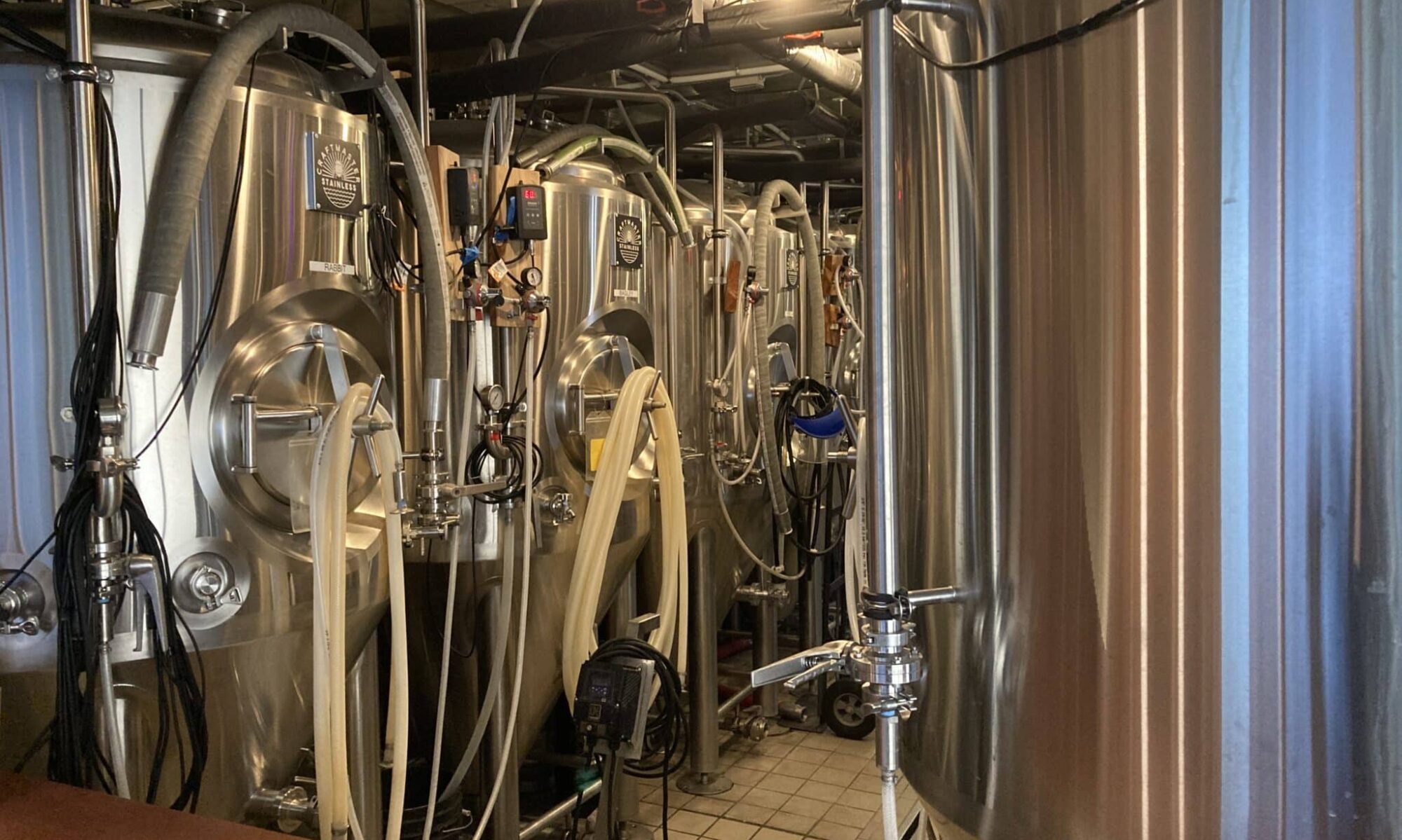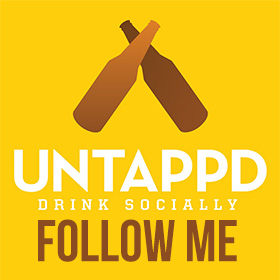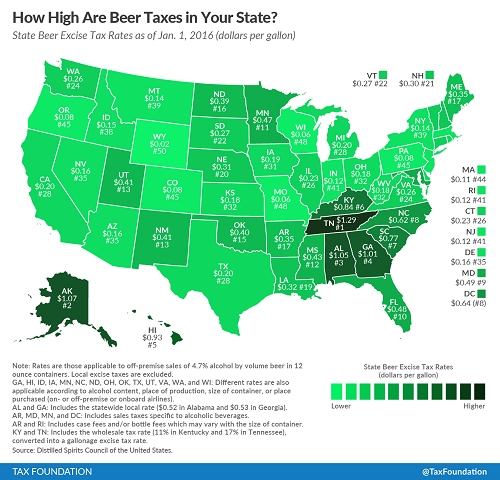
I have never been a huge fan of the painted on bottle look from AleSmith (I would describe it as plain and utilitarian) and now if I had any (I mean any) art skills I could do something about it. But maybe someone out in craft beer land will and enter the Evil Dead Red Ale Bottle Art Contest.
Evil Dead Red Ale is an iconic beer on shelves and conjures up all sorts of Halloween imagery and I will be hoping to see not only the winning choice but also the runners-up too to see if I agree with which art makes it on the label.
Artists may submit as many entries as they like to creative@alesmith.com from April 8 to May 9. Check out the AleSmith website for all the rules and regulations.
Submission Period: April 8-May 9, 2016
Winner Announcement: During American Craft Beer Week, May 16-22, 2016








